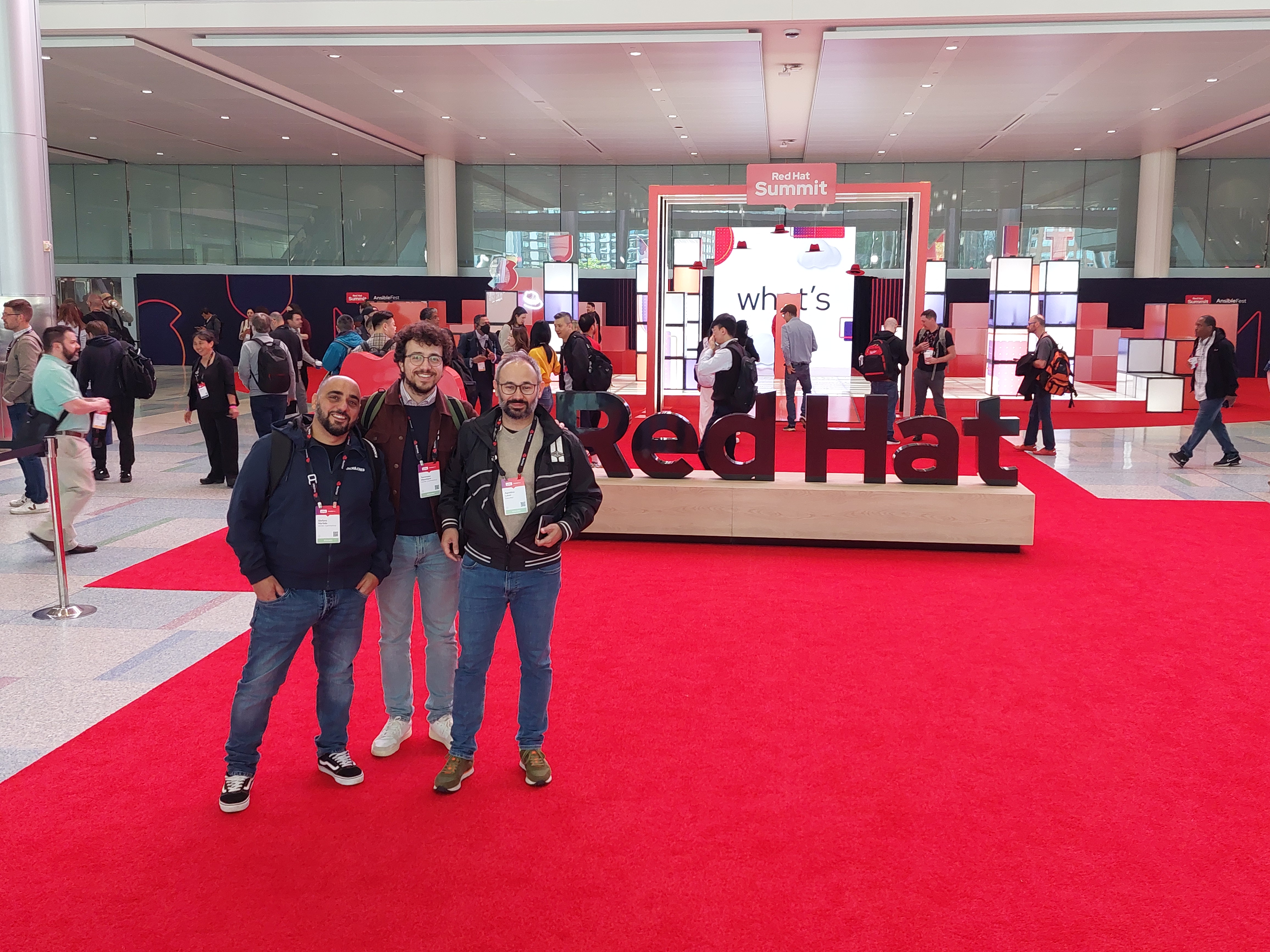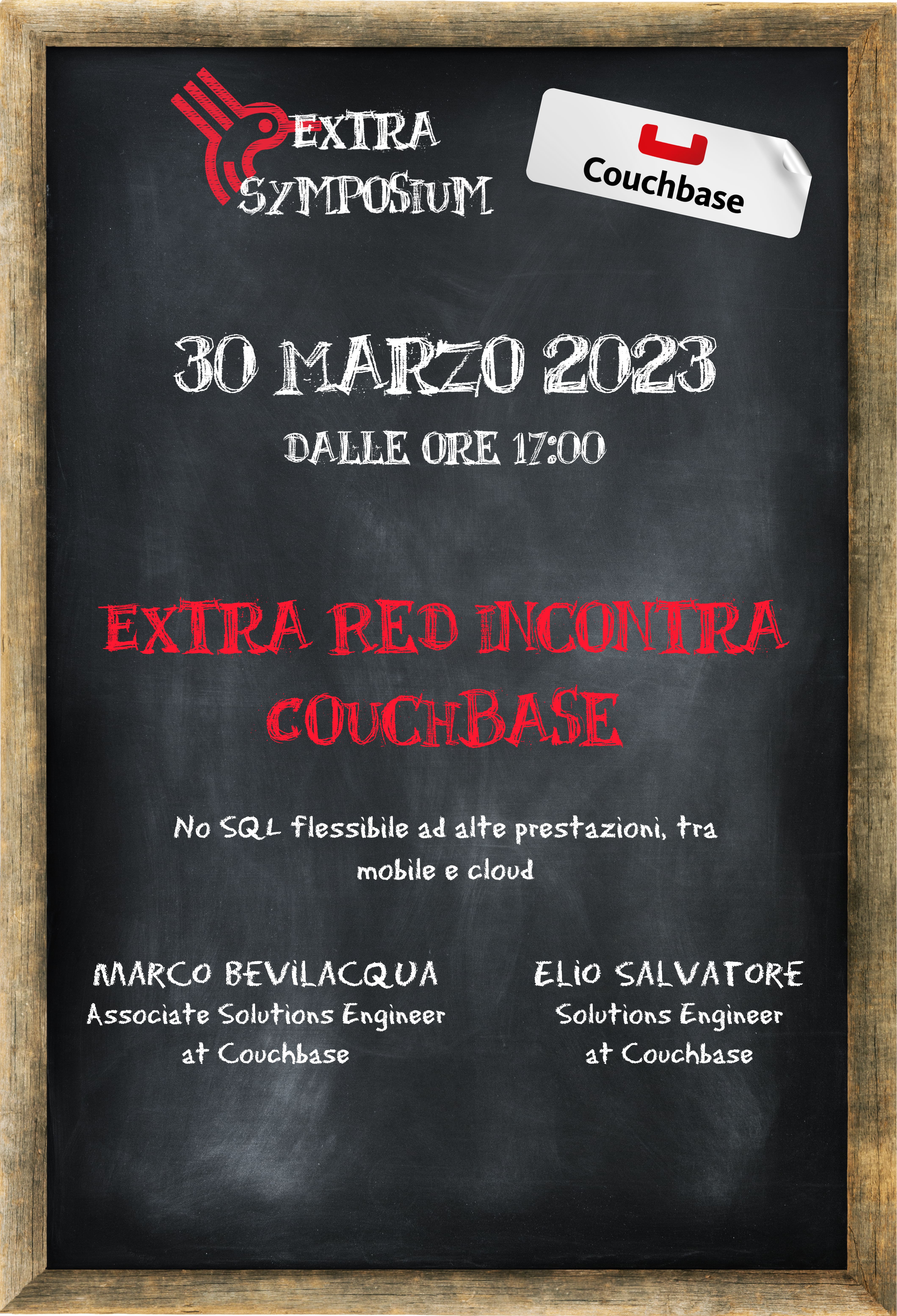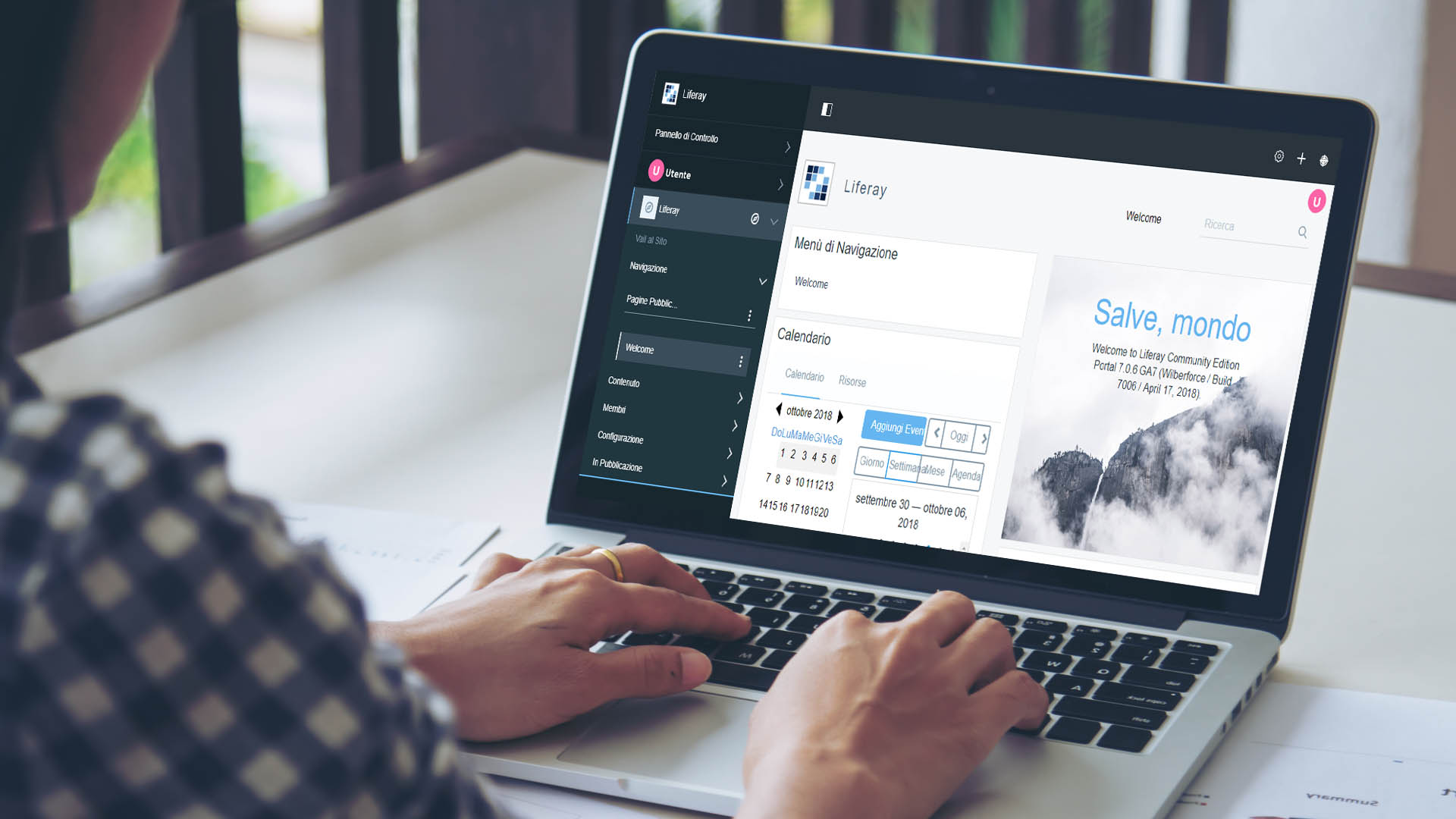The Cloud Pyramid: the Difference Between Iaas, PaaS and SaaS
CLOUD & DEVOPS
The Cloud Pyramid: the Difference Between Iaas, PaaS and SaaS

Looking at the famous cloud pyramid, I always think of the majestic Egyptian pyramids. Just as the pyramids have become a symbol of Egyptian civilization, cloud computing is increasingly becoming the symbol of Digital Transformation. Below, I will explain how the cloud pyramid is structured and the difference between IaaS, PaaS, and SaaS.
The Cloud Pyramid: IaaS, PaaS, and SaaS
In recent years, the term SaaS, originally used exclusively in IT environments, has rapidly spread among consumer users as well, thanks to the proliferation of numerous services that we use regularly every day, such as Gmail, Google Apps, and Office 365.
Furthermore, the IaaS and PaaS models are being adopted by businesses more frequently, thanks to the tremendous success of companies like Netflix, Spotify, and Airbnb, who have leveraged these models to handle exponential business growth.
The awareness that cloud-based services can give a boost to business is also growing among small enterprises. According to BCSG research, 78% of the surveyed businesses are considering purchasing new cloud services in the next 2-3 years.
The services that can be delivered using cloud infrastructure fall into three distinct types: SaaS (Software as a Service), PaaS (Platform as a Service), and IaaS (Infrastructure as a Service). Before taking advantage of all the benefits of the cloud, let's better understand what each of them entails, starting from the top of the pyramid.
What does SaaS (Software as a Service) mean?
It is the most comprehensive type of service. The end user does not require any computer knowledge to use the application or services provided. In this case, the user does not need to download or install any files, but the services can be accessed simply with an internet connection and a browser.
The main advantage is the ability to use the services on any device and from anywhere. For example, imagine wanting to show your friends a photo from your beach vacation that is on your computer, but you're at a party and don't have your computer with you. With a cloud storage solution like SaaS (Dropbox, Box, etc.), you can show the photo to your friends using your smartphone and once again imagine the crystal-clear sea.
This type of service is often provided with freemium strategies or may require a subscription based on usage time or the number of users. Using the SaaS model typically reduces costs associated with licenses, management, and installation of updates.
What does PaaS (Platform as a Service) mean?
PaaS can be seen as a platform bridge between applications (SaaS) and the infrastructure (IaaS). In this case, the service provider handles the hardware infrastructure, while the user is responsible for installing the operating system and developing their application. It is important to note that this type of cloud is primarily dedicated to developers who seek a development environment without the burden of hardware management. Additionally, with PaaS cloud, developers have the ability to leverage dynamic scalability, automation for database backups, and a set of specific programming languages. There are also some PaaS "containers" (such as Red Hat OpenShift) that allow developers and system administrators to have an environment where the infrastructure and platforms supporting applications and databases are automated and seamlessly integrated. In this case, the user faces a flat solution, and billing is usually periodic.
What does IaaS (Infrastructure as a Service) mean?
IaaS is the hardware infrastructure that underlies every cloud service. The provider offers a virtualized hardware (CPU, RAM, storage, and network cards), providing the flexibility of a physical infrastructure without the burden for the user of physically managing the hardware. This type is dedicated to system administrators or system engineers who do not physically manage the structure but rather the instances to activate, network characteristics, and resources to use.
Another significant advantage is that the Cloud provider has billing based solely on usage time, without fixed fees, offering maximum elasticity. It should be noted that all virtualized hardware is scalable and automatically measurable.
You may be wondering, "Which of the three types should I use?" Now that you know the differences, the first step is to understand what you need:
- If you need to manage certain activities such as billing, emails, and various documents, you can rely on some SaaS solutions like ERP software and G Suite.
- If you need to deploy applications that you have in a cloud environment, you should consider IaaS offerings.
- If you are involved in providing cloud infrastructures and want to manage them on behalf of your clients, giving them the means to develop and deploy applications, you need a PaaS solution.

other articles on the topic

Extra Red at the Red Hat Summit: Connect 2025 Rome
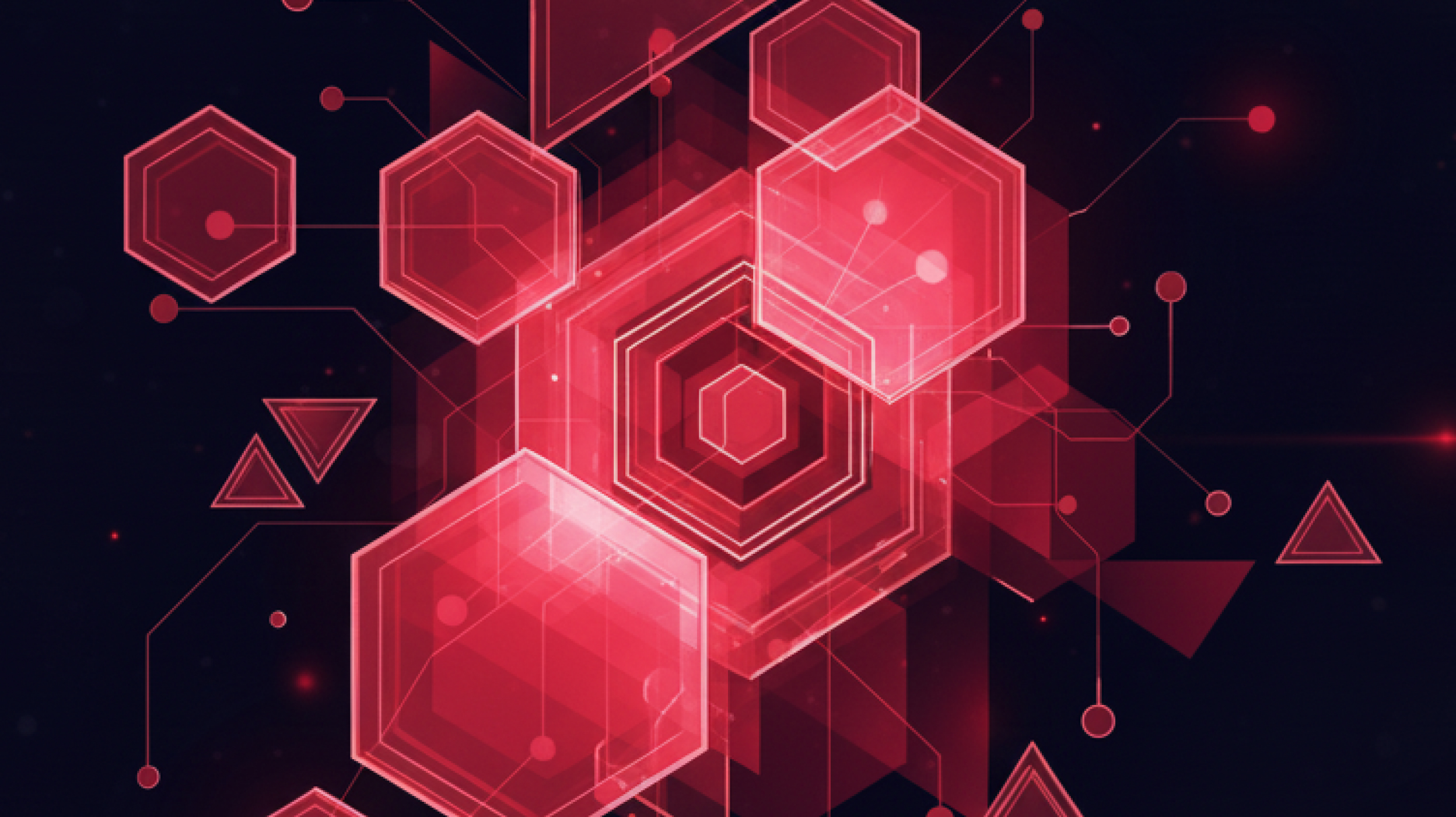
Extra Red was a key player at the "It's All CIO & Technology conference"

Extra Red at the ICT Days of the University of Pisa
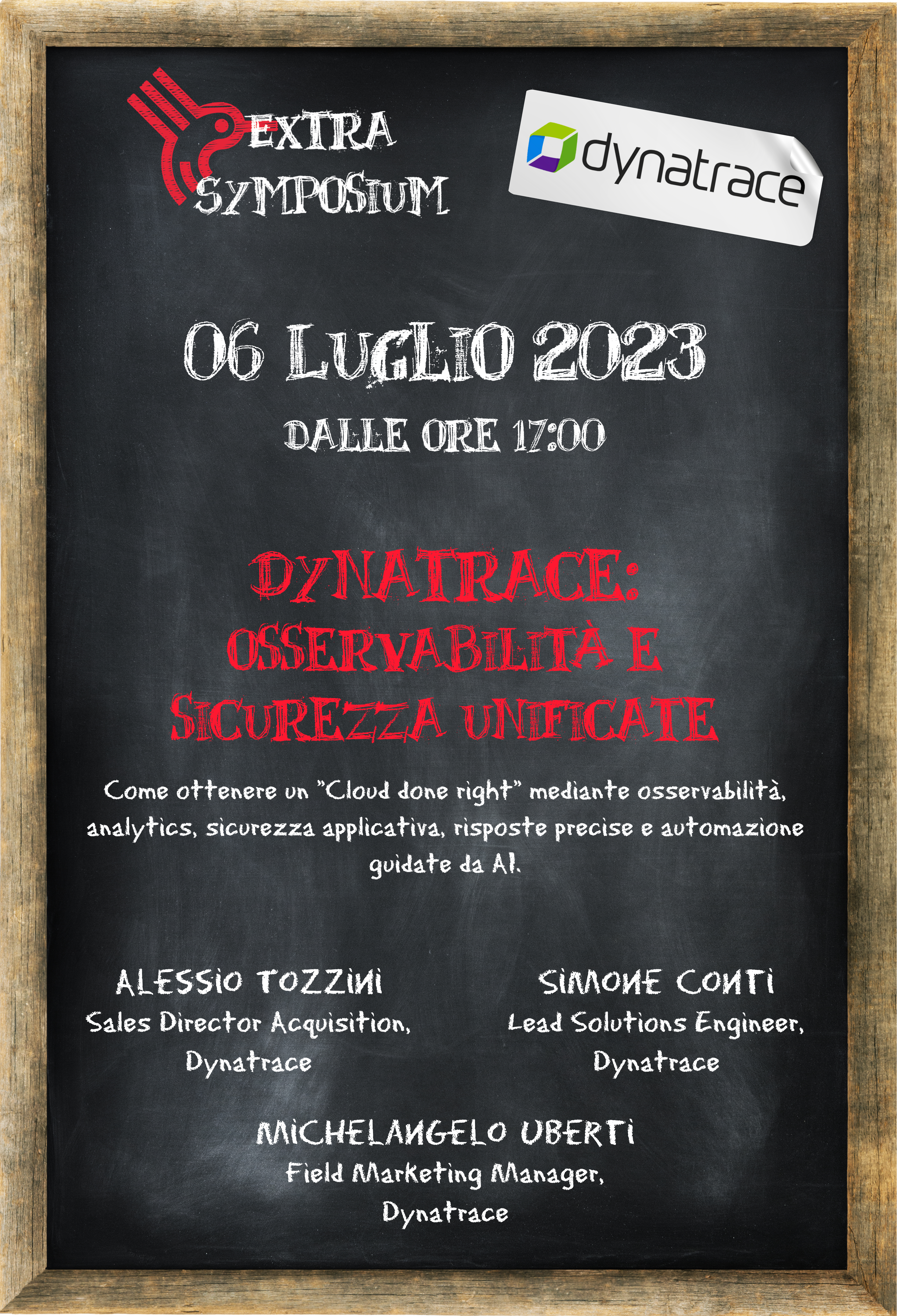
Dynatrace: Unified Observability and Security

Red Hat Summit 2023 Boston

Red Hat Advanced Cluster Management
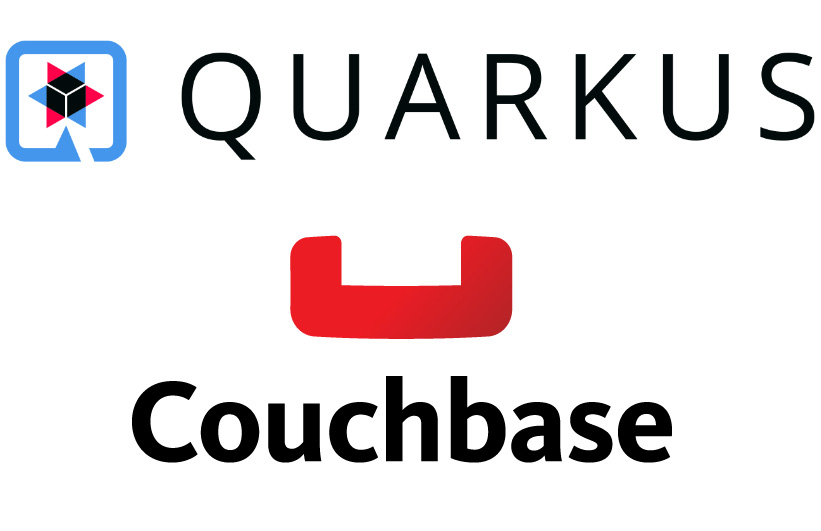
Quarkus & Couchbase: a simple REST example




